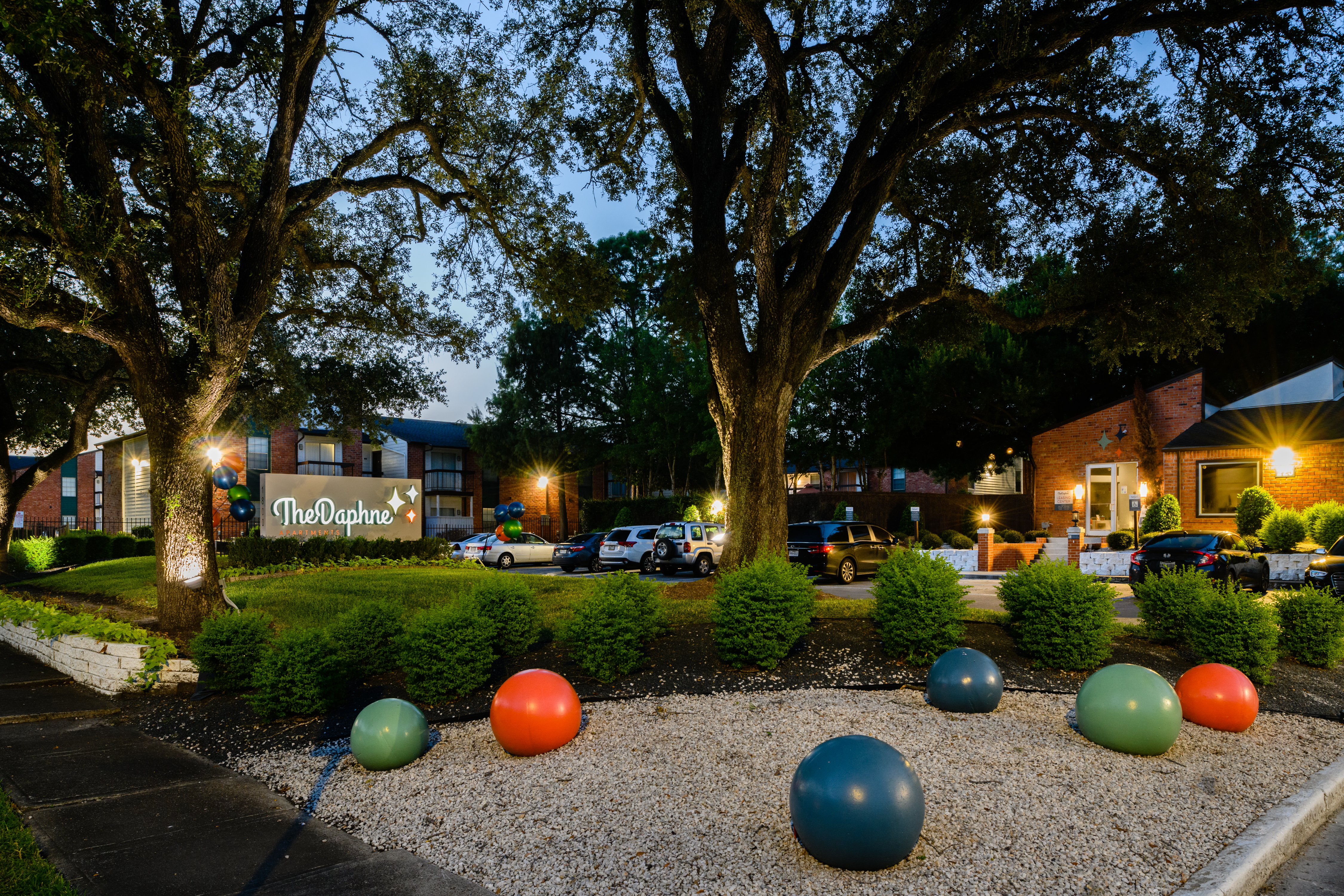6 Things to Look for in Any Multifamily Investment

Multifamily investments have continued to perform relatively well throughout COVID and we predict we’ll continue to see this trend playing out over the next decade. The combination of renter demographics, low interest rates, and an expected slowdown in supply should position the asset class well moving forward.
Interested in expanding your investment portfolio with multifamily projects? Read on for 6 things to look for when considering multifamily investment opportunities:
- Investment Plan – What are your objectives as an investor? How long do you want to tie up your funds? Is cash flow important? If so, how consistent does it need to be? We believe that real estate is a long term investment and recognize that some investors are looking for 3-5 year deals instead of 7-10. Understand what the business plan is for the project and make sure that it aligns with your overall goals.
- Location – What are the characteristics of the location? Who are the employers? Who are your renters? What are the existing values, rents, and occupancies of other properties in the area?
- Historical Performance – This is one thing that I can’t emphasize enough. We see other sponsors’ packages and there’s no mention of current or historical performance. Everything is forward looking and there is no description of what’s been increased or decreased to make these numbers work. Be sure to ask about their year 1 assumptions on rent and expenses. Also, what are they growing these numbers at on an annual basis? If it doesn’t seem realistic, then run!
- Financing – The most important thing in any investment is to not lose your money. What leverage is the sponsor using? How much term is there on the loan? Does the interest rate adjust or stay fixed? One common mistake is investors using high leverage short term debt to enact a value add business plan. When the market turns and they’re unable to increase the rents, it makes refinancing very difficult and they will have to go back to the investors for additional capital to pay down the loan or lose the deal.
- Sponsor Track Record – As with most sponsors, I started with no track record. It’s not the only indicator but it’s definitely something to watch. How are their other properties performing? Do you notice any trends in their acquisition history? How does this new opportunity fit into the overall portfolio?
- Sponsor Co-invest – Again, not all sponsors have the ability to make a significant co-invest. That being said, compare their investment to the fees coming out of the project. Are they investing all of the acquisition fee or only a portion? I’ve always felt that my co-invest helps in our capital raises. Investors want to see their money aligned with the sponsor and that the sponsor is putting in more than they get out. I’ve always looked at our investors as partners. My net worth is strong enough to acquire a few workforce housing communities by myself, but that’s not where we see the opportunity. Instead, I’m using our network to acquire properties that we believe will increase significantly over time and provide a secure investment to all involved.
Barvin’s Approach
As in anything, there will be some winners and losers. This isn’t 2010 and the investment returns are much thinner. Throughout the past decade, we’ve focused on specific principles to keep us out of trouble and ensure that our capital is not at risk.
- Location, Location, Location – We work with a team of experts to determine key markets and target markets that exhibit growth potential. We’ve seen that there’s more value created (or destroyed) by what goes on in proximity to a property compared to what anyone can physically do to a property. That’s why we create business plans for each of our target markets and identify submarkets that we have conviction will improve over the next few years.
- Target Renter Profiles – We know our renter better than we know ourselves. Where they work, where they went to university, their family status, their income and potential for income growth or relocation. Living in Houston, we are ultra sensitive to certain industries and their outlook for the future.
- Motivated Sellers – People often ask why we transitioned out of value-add real estate. It’s largely due to a lack of motivated sellers. I could never get comfortable with the idea of paying $27M for something the other group paid $13M for. We are buying land and apartment communities from REITs, developers and institutions that prioritize ability to close over maximizing the last dollar. Just in the past 18 months, we’ve purchased 2 pieces of land from REITs and 3 apartment communities (1 from a private equity firm forced to sell and 2 from merchant builders needing to exit their deals). I’ve always held the belief that we do not want to make a seller rich, I’d much rather make our partners wealthy.
Final Thoughts
I’ve now been in the apartment business for over one third of my life. Many people spend their 20s working in various fields and then find real estate later in life, but I am fortunate to have found the business at a young age and to have spent my 20s learning through mistakes in multifamily projects. This has taught me that sponsors need to be flexible. There are times to do value-add, development or core acquisitions. My grandfather, Arthur Weisberg, told me, “When everyone goes right, go left.” This lesson has made my life so much more exciting and enriching. If you only stick to what you know, then you may end up missing something that others are seeing.
Competition has never been higher, however neither has rental demand. We expect that with the stabilization of projects and the continuation of low interest rates, values of properties will increase across all our markets, continuing to position the multifamily asset class well, and provide unique opportunities for investment.


